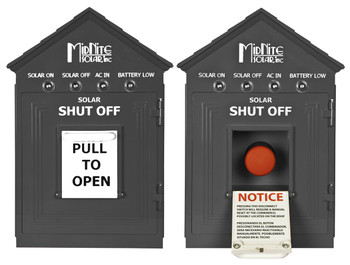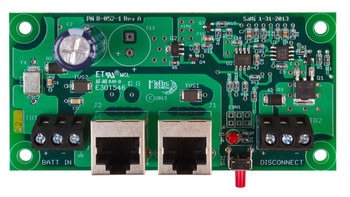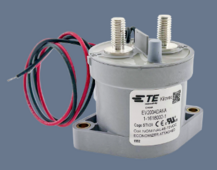Good morning,
I am trying to figure out a solution to article 706.15 Disconnecting means for the battery part of an ESS.
The part I am having trouble with is the section that states...
"For one-family and two-family dwellings, a disconnecting means or its remote control shall be located at a readily accessible location outside the building"
My battery bank currently consists of 3 EG4 Server rack batteries (48v Lifepower4) my inverter(s) are EG4 6000xp.
Is there such a beast that I can remotely activate a disconnect that would be in near my batteries but have the "stop" button outside? I wish I had researched it a little more because I would have bought the batteries with the rapid shutdown feature but here we are.
thanks
Don
I am trying to figure out a solution to article 706.15 Disconnecting means for the battery part of an ESS.
The part I am having trouble with is the section that states...
"For one-family and two-family dwellings, a disconnecting means or its remote control shall be located at a readily accessible location outside the building"
My battery bank currently consists of 3 EG4 Server rack batteries (48v Lifepower4) my inverter(s) are EG4 6000xp.
Is there such a beast that I can remotely activate a disconnect that would be in near my batteries but have the "stop" button outside? I wish I had researched it a little more because I would have bought the batteries with the rapid shutdown feature but here we are.
thanks
Don






